Results
-
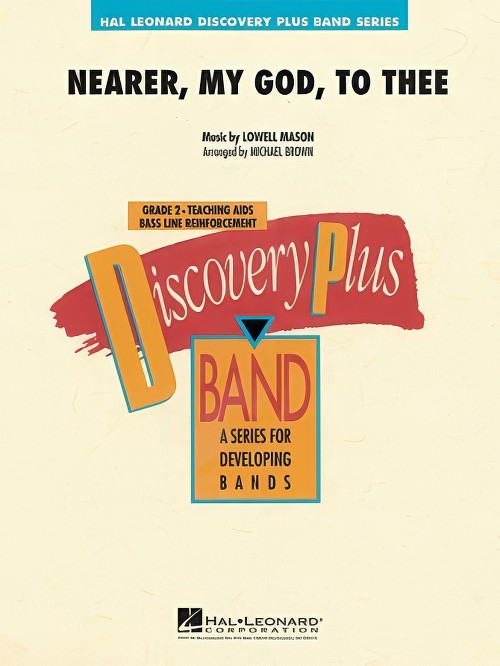 £38.50
£38.50Nearer, My God, to Thee (Concert Band - Score and Parts) - Mason, Lowell - Brown, Michael
100 years after the sinking of the Titanic, we are still drawn in and touched by this tragic story. Reported as one of the last songs played by the music ensemble aboard the ship, this tender hymn capsulises the emotions of the event. Beautifully scored by Michael Brown for young bands
Estimated dispatch 7-14 working days
-
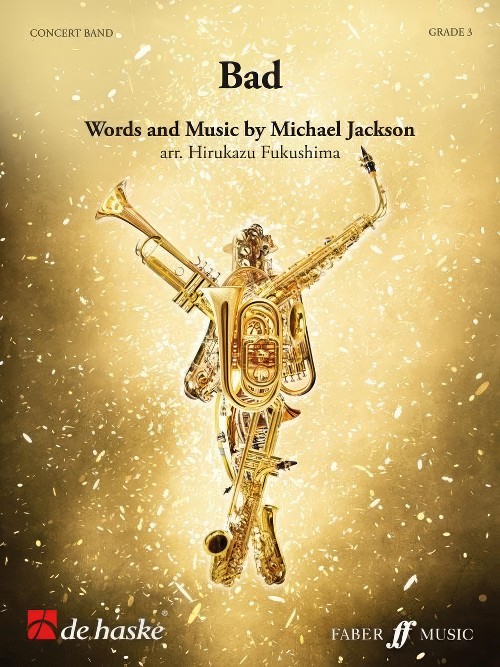 £94.99
£94.99Bad (Concert Band - Score and Parts) - Jackson, Michael - Fukushima, Hirokazu
Five years after the release of the monster album Thriller, which sold a record-breaking 105 million copies worldwide up to this date, this second single from the album Bad, released in 1987, also peaked at number one on the Billboard chart. This song was performed during Michael's first solo world tour that started from Japan (Korakuen Stadium) in September 1987. The short film directed by Martin Scorsese also generated great publicity. In particular, the animated group dance scene in the subway made a huge impact on the viewers and distinguished Michael's image. As the video depicts, "bad" in this song's lyrics indicate the kicking, cool unruly living on the streets. As the opening number, Bad strikes out a course of slight-but-right edginess with its dynamically groovy arrangement that underscores the electric funk in the original tune. Don't miss the last punch line: Who's bad?Duration: 4:00
Estimated dispatch 7-14 working days
-
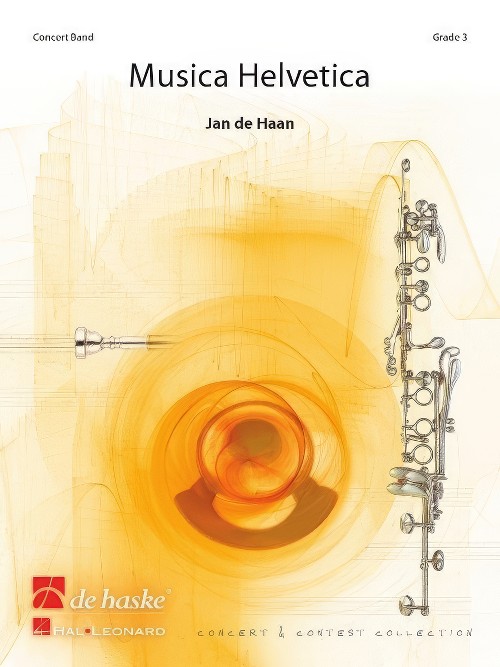 £149.99
£149.99Musica Helvetica (Concert Band - Score and Parts) - De Haan, Jan
Every year a competition for wind orchestras and brass bands takes place in Wallberg, Switzerland. Apart from a hymn and a solo piece, all orchestras also have a compulsory piece to play. The commission to create a compulsory piece for the 2012 competition fell to Jan de Haan. The composition is entitled Musica Helvetica. It takes the form of a three-part concert work, in which the last two parts flow directly from one to the other. The first part, Musica Prima, is a brisk virtuoso opening with jazz flavours woven in. The following section, Musica Sacra, offers a contrast with an extraordinarily colourful instrumentation for the gorgeous main theme. The final part, Musica Alpina, is inspired by the great variety of scenery in Switzerland. With its witty humour it makes a worthy conclusion to this beautiful tryptich.Duration: 12.00
Estimated dispatch 7-14 working days
-
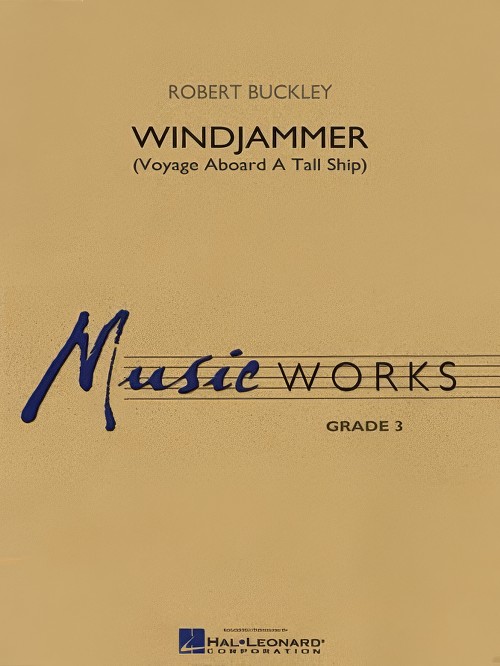 £72.99
£72.99Windjammer (Voyage Aboard a Tall Ship) (Concert Band - Score and Parts) - Buckley, Robert
Windjammers were the last of the great sailing tall ships, and this piece from the pen of Robert Buckley captures the majesty and excitement of these amazing vessels. The voyage begins announced by three solo trumpets surrounding the audience and bouncing musical phrases off one another. The sails are raised, the ship is underway, and the audience is taken on a colourful and exciting musical voyage. This is effective and skilfully scored programmatic music at its best.Duration: 5:45
Estimated dispatch 7-14 working days
-
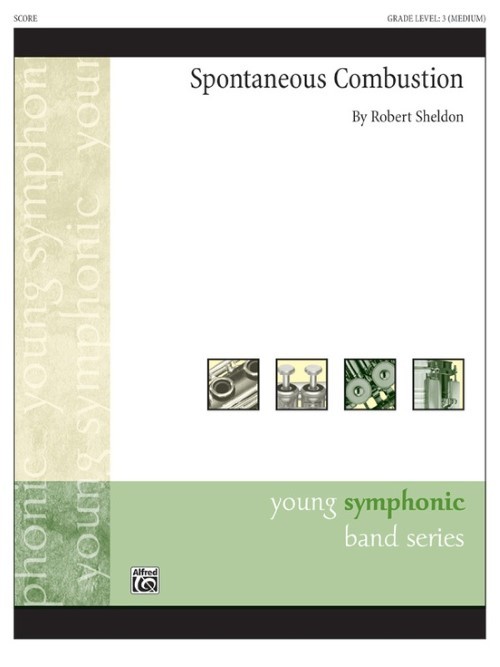 £66.95
£66.95Spontaneous Combustion (Concert Band - Score and Parts) - Sheldon, Robert
A fast-paced tour-de-force for developing bands, Spontaneous Combustion explodes out of the starting blocks and keeps moving relentlessly to the last note. Presented in a minor key with shifting tonalities and tuneful melodies, this musical juggernaut eventually yields to a major key, which only amplifies its inherent energy. Mixed meters and bombastic percussion help to drive the piece to the very end.Duration: 3.15
Estimated dispatch 7-14 working days
-
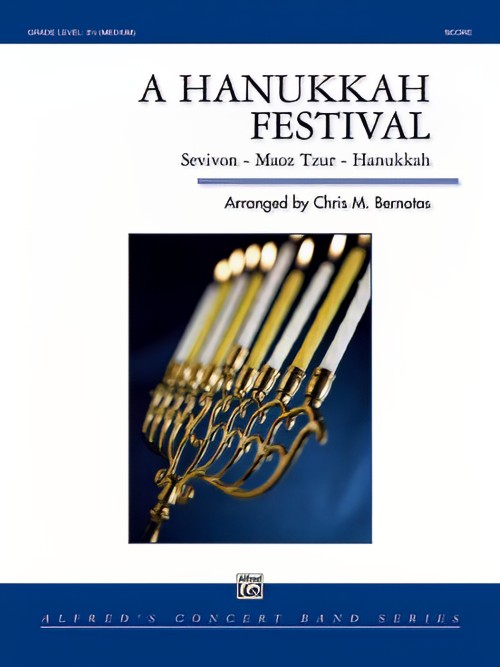 £77.50
£77.50A Hanukkah Festival (Concert Band - Score and Parts) - Bernotas, Chris M.
A Hanukkah Festival is a medley of three traditional Hanukkah songs, Sevivon, Maoz Tzur, and Hanukkah. Sevivon has a dramatic melody and is written with a variety of accompaniment leading to a brief, but impressive, clarinet cadenza that leads into Maoz Tzur. This traditional piece is scored with full, rich voicings along with the beautiful melody. "Hanukkah" is the festival of lights and the last section of the piece. It is a bright playful march with an exciting conclusion. A Hanukkah Festival is filled with memorable tunes that students and audiences will enjoy while paying homage to this important holiday.Duration: 5:15
Estimated dispatch 7-14 working days
-
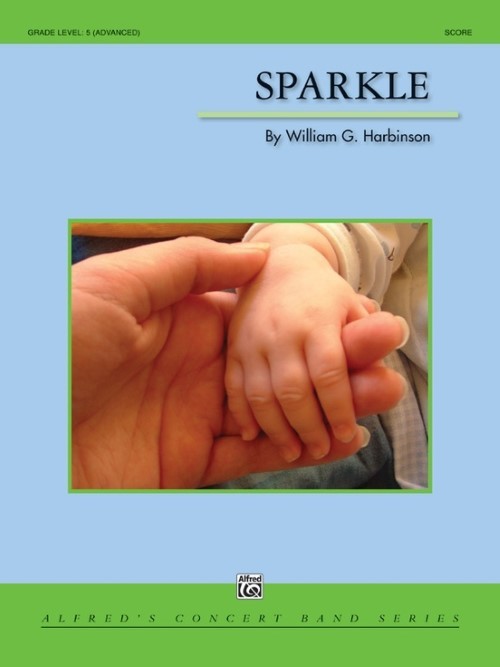 £79.50
£79.50Sparkle (Concert Band - Score and Parts) - Harbinson, William G.
Sparkle glistens with the energy of new life. Built from staccato ostinati, relentless rhythms, biting harmonies, and soaring themes, the work shines with brilliance and power. From the first measure to the last, the work drives forward with fire and intensity to the powerful ending.Duration: 7.15
Estimated dispatch 7-14 working days
-
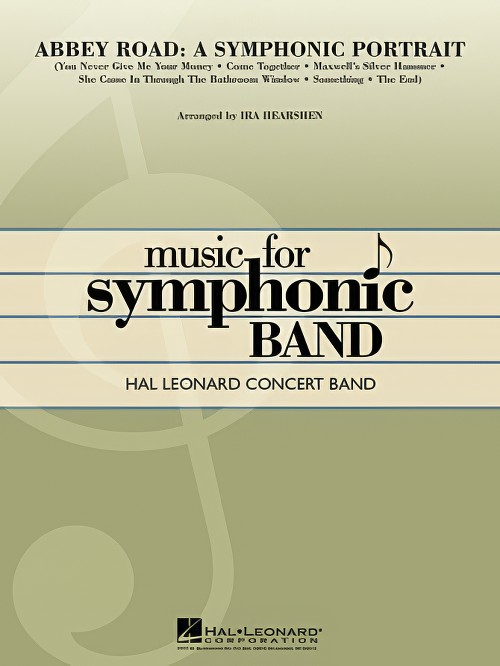 £79.99
£79.99Abbey Road: A Symphonic Portrait (Concert Band - Score and Parts) - Hearshen, Ira
The Beatles' landmark album Abbey Road was the last one recorded by the band and is considered by many to be their best. This dynamic and creative setting for band includes: Come Together, Something, Maxwell's Silver Hammer, She Came in Through the Bathroom Window, You Never Give Me Your Money and The End. Sure to become a classic!
Estimated dispatch 7-14 working days
-
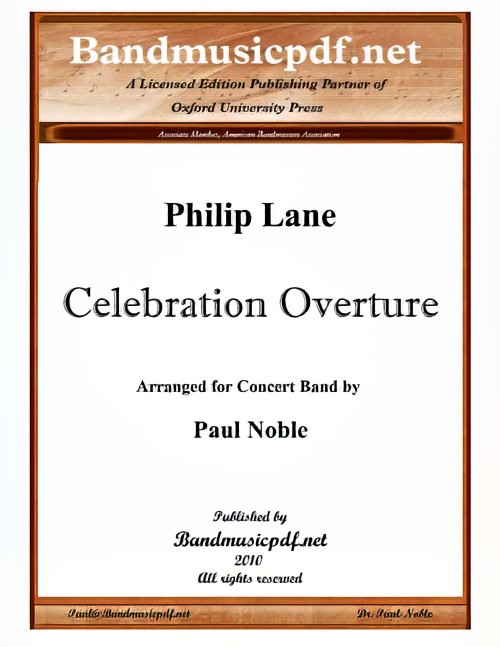 £75.00
£75.00Celebration Overture (Concert Band - Score and Parts) - Lane, Philip - Noble, Paul
Celebration Overture was composed in the summer of 1976 and was given first prize judged by William Alwyn whose film scores Philip Lane has worked on for commercial recordings in the last 10 years. It is truly a celebratory piece with a dramatic pyramid opening, followed by the melodic introduction in solo clarinet, then solo trumpet, before accelerating to a rousing burst of celebration. A rich slower middle section leads into the return of celebration. This piece is included on several lists of recommended festival and contest literature. (Note: The harp part is non-essential, and may be omitted or played on electronic keyboard or piano.)
Estimated dispatch 7-14 working days
-
 £150.00
£150.00Diversions on a Theme of Paganini (Concert Band - Score and Parts) - Lane, Philip - Noble, Paul
This work is made up of eight short movements and was originally scored for brass quintet, being commissioned for performance by the London Gabrieli Ensemble. The full orchestra version was made in 2000 for a commercial recording by the Royal Ballet Sinfonia conducted by Gavin Sutherland, and the band arrangement was completed in 2009. The title is important in that the pieces are more musings than variations on the famous theme. The introduction stands somewhat apart, rather in the way the opening of Dohnanyi's Variations on a Nursery Tune does, and the subsequent diversions play with the theme, or parts of it, in movements lyrical, bombastic, or plain frivolous. The individual titles of the movements are self-explanatory, except to add that the last one always reminds the composer, for some reason, of final credits going up at the end of a film or television programme. Titles of the eight movements: 1. Introduction and Theme; 2. In Pieces; 3. Toccata; 4. Chaconne; 5. Cortege; 6. Popular Song; 7. Five-A-Side; 8. Epilogue. This piece will be a great workout for your band, with lots of opportunities for soloists, some rhythmic challenges, and great emotional stretches.
Estimated dispatch 7-14 working days
